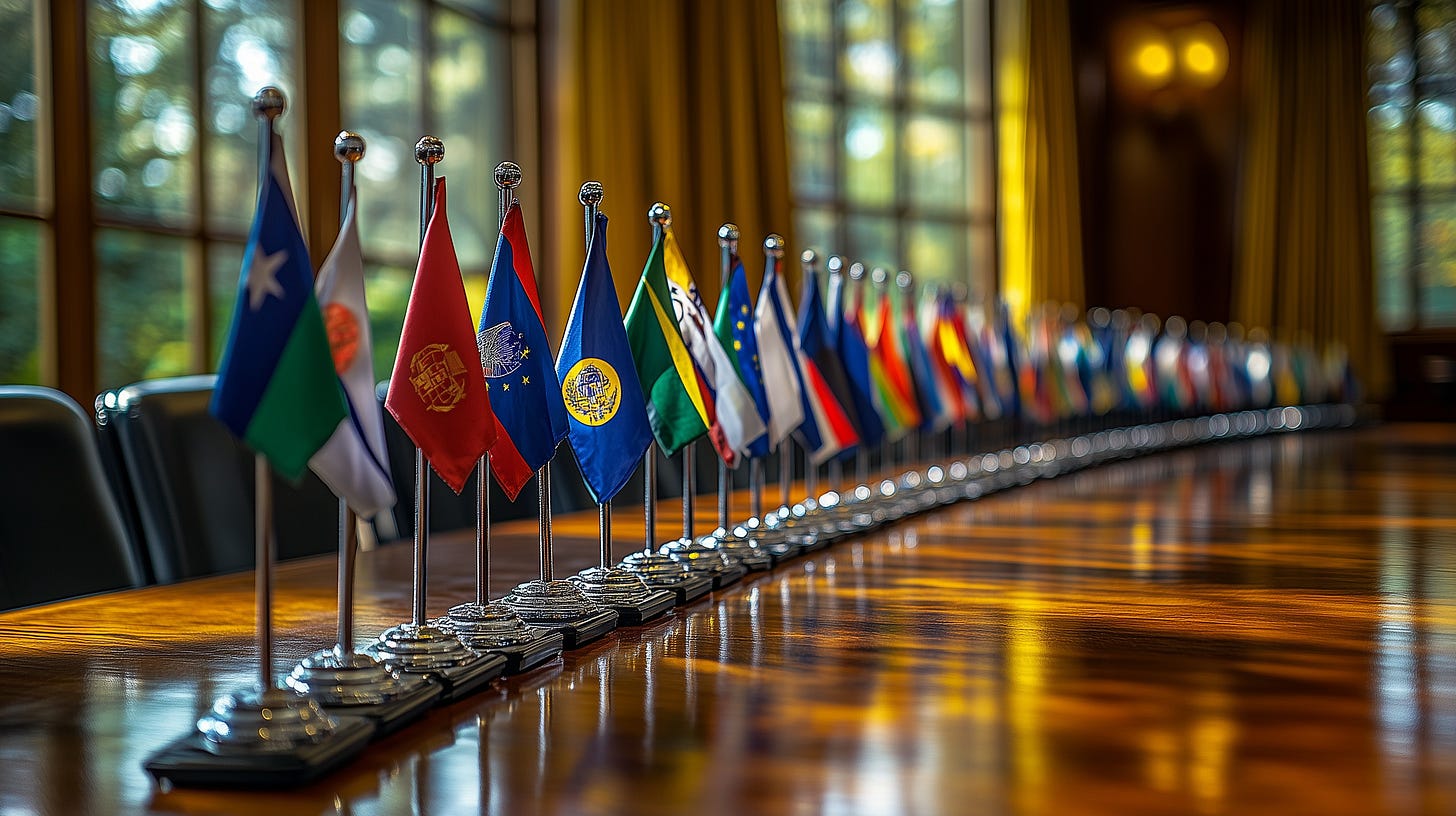Today, November 16, marks the International Day for Tolerance, a vital observance established by the United Nations (UN) to promote respect, acceptance, and appreciation of the rich diversity of cultures, beliefs, and identities that make up our world. This day is a reminder that tolerance is not simply enduring differences but embracing them as strengths that enrich humanity.
As Americans, we’ve long celebrated our role as a melting pot of cultures, offering opportunities and freedoms that attract people from every corner of the globe. This legacy of diversity has fueled innovation, creativity, and economic strength, making our nation a beacon of hope and possibility. However, in recent years, divisive rhetoric from certain groups, including a vocal subset of the far right, has challenged the very values that define us.
Now, more than ever, it’s critical to reaffirm our commitment to diversity and unity, setting an example as role models for inclusion. The International Day for Tolerance offers a chance to reflect on these ideals, reminding us that understanding and respecting cultural differences is the key to building a harmonious society.
The History and Cultural Significance of the International Day for Tolerance
A United Nations Initiative
The UN declared November 16 as the International Day for Tolerance in 1995, commemorating the 50th anniversary of UNESCO (United Nations Educational, Scientific and Cultural Organization). This day was established to address rising polarization and conflicts, emphasizing the need for understanding and peaceful coexistence among all people.A Global Call for Harmony
The day serves as a reminder of the UN Declaration of Principles on Tolerance, which defines tolerance as not just a moral obligation but also a political and legal requirement for protecting human rights. It emphasizes that tolerance is a foundation for building peaceful societies and advancing shared prosperity.America’s Legacy as a Melting Pot
Throughout its history, the United States has welcomed immigrants seeking freedom, safety, and a better life. The blending of cultures has created a unique and powerful nation, proving that diversity is our greatest asset.Challenges to Our Values
While the ideals of diversity and inclusion remain strong, acts of intolerance by a vocal minority threaten to overshadow our progress. These moments serve as a poignant reminder of the work that remains to protect and promote equality.The Power of Role Models
By upholding the values of tolerance, acceptance, and understanding, we demonstrate leadership on the global stage. Teaching our children to embrace diversity and reject hatred ensures a future where humanity thrives in unity.
Cross-Cultural Communication: Learning and Honoring Differences
Reflecting on this day reminds me of a class I took in nursing school about communication between cultures. One of the key lessons I learned is that every culture has its own unique style, shaped by its values and traditions. Recognizing and honoring these differences in business or personal relationships is essential for harmony.
Examples of Cultural Differences
Individualism vs. Collectivism
Individualist Cultures: In cultures like the United States, independence and self-expression are prioritized.
Collectivist Cultures: In many Asian, African, and Indigenous communities, harmony and shared success are more important.
Why This Matters: Understanding whether someone views decisions or goals through an individualist or collectivist lens helps us communicate and connect with empathy.
Respect for Elders
Some cultures, such as East Asian and African traditions, place great emphasis on valuing elders’ wisdom.
In contrast, Western cultures often encourage younger generations to take the lead.
Why This Matters: Honoring the cultural view of elders strengthens relationships and prevents miscommunication.
Direct vs. Indirect Communication
Direct Cultures: Western societies often value honesty and clarity, even when addressing uncomfortable truths.
Indirect Cultures: In places like Japan or India, subtlety and harmony are prioritized over bluntness.
Why This Matters: Adjusting communication styles to fit cultural contexts builds trust and fosters meaningful connections.
Approaches to Time
Monochronic Cultures: Time is linear and scheduled, as seen in Western cultures.
Polychronic Cultures: In Latin America and the Middle East, time is more fluid, with relationships taking precedence over rigid schedules.
Cyclical Time in Eastern Cultures: In many Eastern traditions, time is perceived as cyclical, reflecting the natural rhythms of life—seasons, life cycles, and reincarnation. This perspective often emphasizes patience, balance, and a long-term view of progress rather than immediate results.
Understanding cyclical time helps us appreciate different approaches to planning, decision-making, and goal-setting, fostering respect for Eastern philosophies and their emphasis on harmony with natural cycles.
Why This Matters: Respecting these views prevents frustration and fosters mutual respect.
Power Distance and Authority
Cultures vary in how they view hierarchy and decision-making. Recognizing where someone falls on this spectrum promotes collaboration and respect.
5 Benefits of Practicing Tolerance
Fosters Stronger Communities
Tolerant societies are more cohesive, creating a sense of shared purpose and belonging.Encourages Innovation and Growth
Diversity of thought leads to innovation, sparking creativity and progress.Promotes Peace and Stability
By addressing prejudice and discrimination, tolerance reduces conflict and ensures safer environments for all.Protects Human Rights
Tolerance safeguards freedoms, allowing individuals to live without fear of persecution or exclusion.Strengthens National Identity
Celebrating diversity enhances a nation’s identity, demonstrating that inclusion is at the heart of its values.
A Renewed Commitment to Tolerance
The International Day for Tolerance is not just a global observance—it’s a reminder of the daily work required to build bridges between cultures. In both professional and personal relationships, taking the time to research and honor one another’s cultural values is essential for fostering harmony. Whether by learning about cultural norms, practicing empathy, or celebrating traditions, we show that diversity is not something to fear but a strength to embrace.
By practicing kindness, open-mindedness, and cultural sensitivity, we can create a world where everyone has the opportunity to thrive. Let’s honor the legacy of tolerance and set an example for future generations. Together, we can ensure that America continues to be a symbol of hope, diversity, and unity.
#InternationalDayForTolerance #DiversityIsStrength #CulturalAwareness







